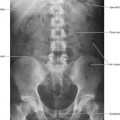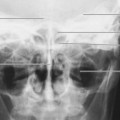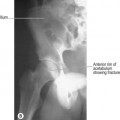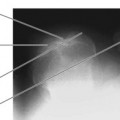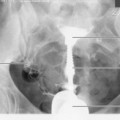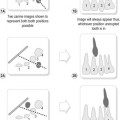Chapter 4 Introduction to skeletal, chest and abdominal radiography
Patient preparation
For all examinations, patient preparation should always include:
• appropriate and effective communication methods which will ensure patient compliance or cooperation
• removal of items of clothing or artefacts overlying the relevant examination area; in cases of severe trauma it may not be advisable or even possible to remove some items
• accurate identification check
• assessing justification for request
• assessment of the possibility of pregnancy for examinations where this is required.1
Change in terminology for focus film and object film distances
With the disappearance of film/screen radiography it has become necessary to reconsider these radiographic terms in order to ensure accuracy of reference. It has been noted that different terminologies have been introduced in recent years in an attempt to address this issue, and US texts initiated the use of the terms ‘source image distance’ and ‘object image distance’ as long ago as 20052 in an attempt to use more appropriate terms that did not include the word ‘film’. However, one must question the use of the word ‘source’: it is true that the tube target is a source of radiation but use of the word ‘source’ in a radiation environment does imply ‘radioactive source’, simply because ‘source’ is used more routinely when referring to radioactive materials (although it is not inaccurate to refer to electrically produced X radiation as a source of radiation). In addition, use of the word ‘image’ can be considered inaccurate, as the image is latent until digitally processed and displayed. As a result it has been decided to use the terms focus receptor distance (FRD) and object receptor distance (ORD) in this edition; we feel that these are more appropriate, especially as the terms only include one changed word from old terminology, making them more easy to adopt.
